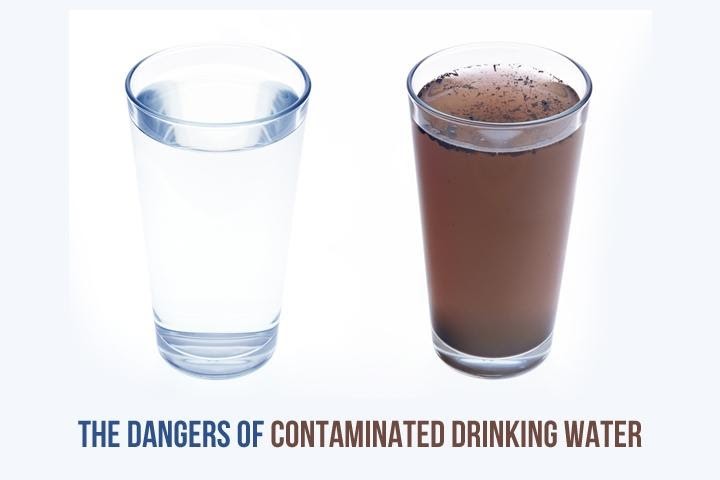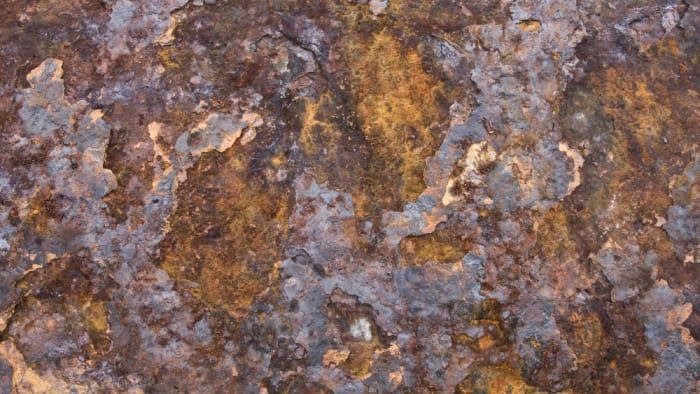Iron Kit
Iron in Drinking Water
Iron in drinking water can result from corrosion of iron pipes. Additionally, natural water often contains high amounts of iron, and so removal of iron during drinking water processing is common.
The EPA consider iron in drinking water as a secondary contaminant, which means it does not have a direct impact on health. However high levels of iron in drinking water can result in an unpleasant metallic taste and discolouration of the water.
Concentrations of iron as low as 0.3 mg/L can leave reddish brown stains on laundry, baths, showers and sinks.


Iron in Wastewater
Iron is present in most wastewaters. The total iron levels in industrial water must be maintained at low concentrations to avoid chemical and physical interference with industrial processes.
Iron removal from wastewater may be achieved through oxidation of ferrous iron to ferric iron. Oxidants such as ozone or potassium permanganate are used to oxidize soluble iron to insoluble iron.
